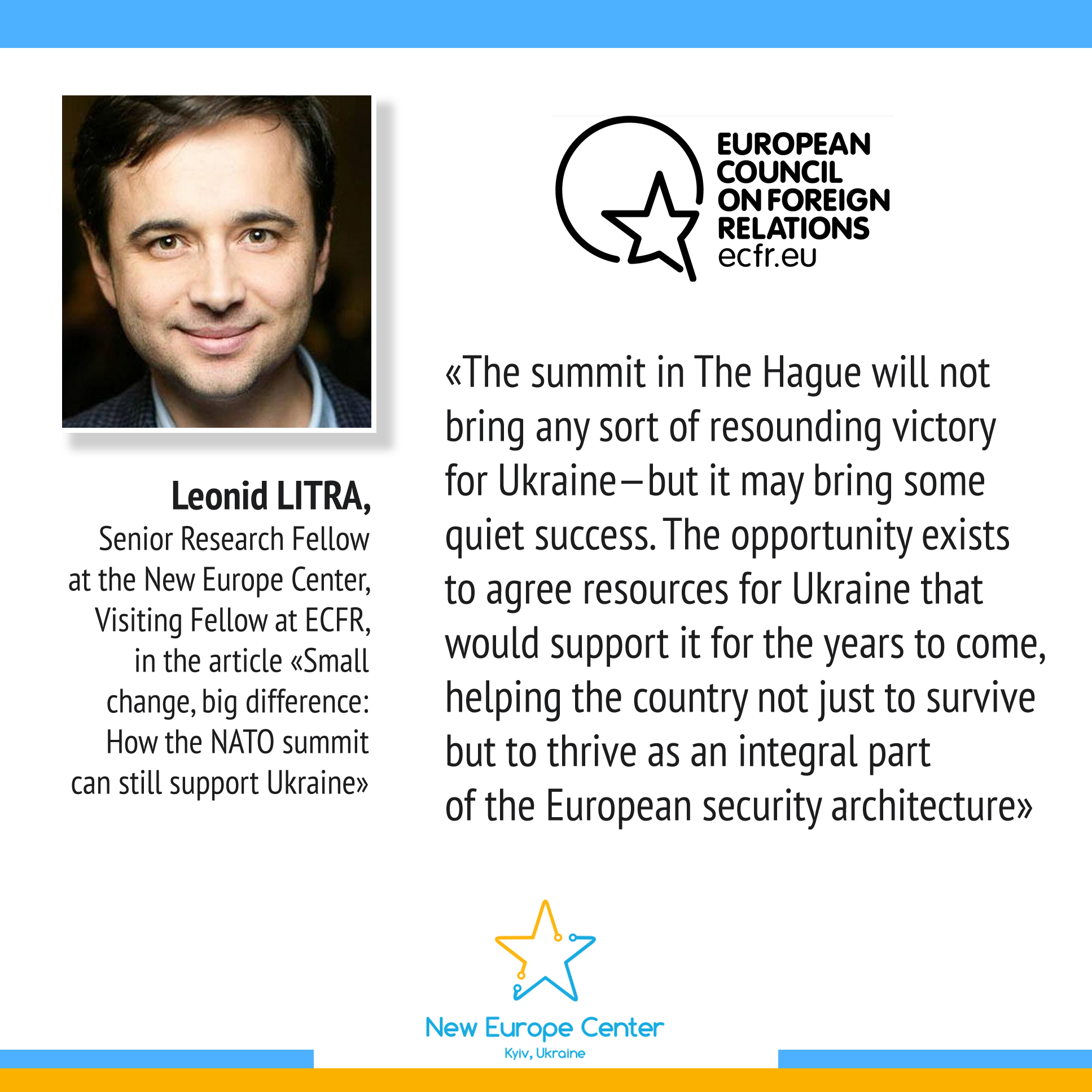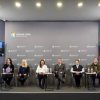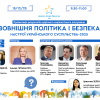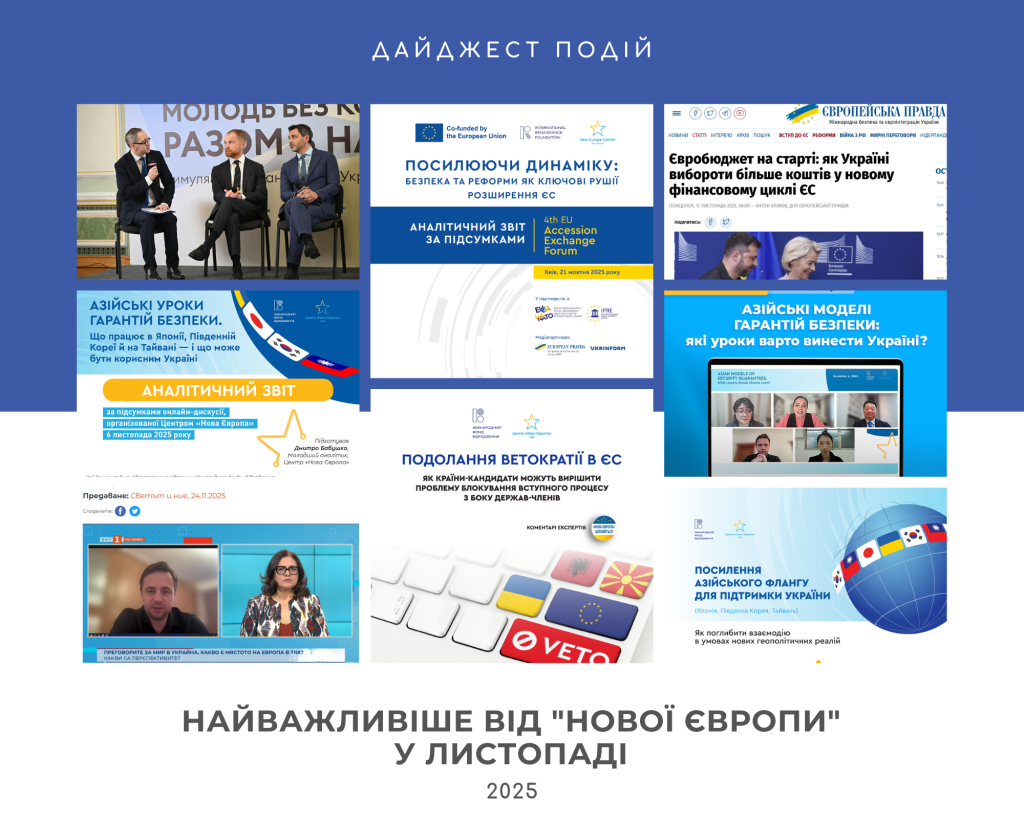
Leonid Litra, Senior Research Fellow at New Europe Center, Visiting Fellow at ECFR, Ukraine, prepared policy alert “Small change, big difference: How the NATO summit can still support Ukraine” for European Council of Foreign Relations (ECFR).
The material first published on ECFR on June 24, 2025.
Problem
The run-up to this year’s NATO summit forced alliance members to respond to President Donald Trump’s demands for domestic defence spending of 5%. In contrast, Ukraine was the centrepiece of the 2023 summit at Vilnius. Now, the country will not officially feature high on the agenda in The Hague this week.
But the summit still matters for Kyiv. Ukraine is shifting towards a self-reliant defence strategy by ramping up military production. This model depends on stable and predictable funding to support industrial planning and defence production integration.
Solution
One of the most important ways NATO states can help Ukraine is to officially count the military aid they give towards the target of 5% by 2032 and beyond.
This might appear a detail. But, if adopted by NATO, this decision would de facto embed support to Ukraine into the multi-annual budgets of the member states. This would mean continued military support for the country and minimise the chances of gradual European disengagement from their neighbour. It also means financial support for Ukraine would be less impacted by the twists and turns of domestic politics in partner states. Even this small change could have an outsize beneficial impact for Ukraine.
Although securing symbolic gains in Ukraine’s relations with NATO—such as a commitment to future membership—remain extremely important for Kyiv, the position of the United States (and some others) means such wishes are currently taking a back seat. Ukraine is now prioritising three dimensions: weapons, funds and integration with Europe’s defence. Counting support to Ukraine as member states’ contribution to the 5% target would help address all three.
It would give European NATO members a win-win by keeping the US committed to Europe’s security while continuing to back Ukraine. It would make Europe as a whole more secure. A defeat for Ukraine would inevitably drag other European countries into the war.
Context
This year’s NATO summit takes place in a complex environment marked by the return of Trump as US president. He has questioned NATO’s Article 5 mutual defence clause, especially for states he believes fail to spend enough on defence. He has also suspended more than $1 billion in military support for Ukraine, questioned the legitimacy of Ukraine’s president and pushed for a sharp increase from 2% to 5% of GDP on defence spending.
The summit in The Hague will not bring any sort of resounding victory for Ukraine—but it may bring some quiet success. The opportunity exists to agree resources for Ukraine that would support it for the years to come, helping the country not just to survive but to thrive as an integral part of the European security architecture.







